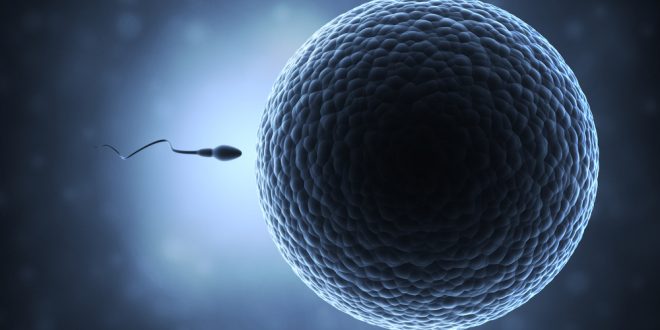
It is a congenital anatomic disorder where the seminal ducts are not developed. It affects 1 in every 500 males and is found in 2 to 3% of males with infertility problems. Azoospermia is present, as sperms cannot be seen in ejaculate. Although testicle size and the starting section of the seminal ducts (epididymis) is normal palpating on genital examination, however vas deferens (seminal ducts) cannot be present. Usually, the absence is bilateral, but it can also be unilateral. The semen amount is less than normal, and serum FSH and total testosterone are normal on hormonal analyses.
Which imaging methods are used for diagnosis?
Males who are suspected to have vas agenesis based on clinical signs can be easily diagnosed by palpation by an experienced urologist. If the diagnosis is not definitive, or imaging is indicated to support the diagnosis, rectal ultrasound (TRUS) and vesicula seminalis (a gland located behind the bladder) examination are used. Usually, these sacs do not develop alongside vas agenesis, so they are absent. Also, renal ultrasound may be also considered to check for the absence of one kidney, considering that renal non-development is possible as kidneys originate from the same embryologic development path.
How can males with vas agenesis have children?
These males can have children by microinjection of sperms harvested by TESA or TESE from the testicle, or by PESA or MESA from the epididymis, into the spouse’s eggs. Because sperm production is intact, sperms can be harvested at a high rate by these methods. We prefer MESA under local anesthesia for harvesting sperms, as it is performed under microscopy, affording a higher probability of harvesting better quality sperms at higher numbers.
What is the importance of the congenital absence of seminal ducts?
The underlying cause of this congenital anatomic condition is genetic. A gene mutation causing the person to be a carrier of cystic fibrosis, a genetic disease, was detected in 80% of males with vas agenesis.
What is cystic fibrosis?
It is an autosomal recessive inherited genetic condition that is common in Northern Europeans. Cystic fibrosis has an incidence of 1 in every 2500 among Northern Europeans, and the incidence of carriers was 1 in every 25. Patients with cystic fibrosis commonly have concomitant respiratory diseases (recurrent bronchitis, pneumonia), pancreatic insufficiency, intestinal disorders, and azoospermia caused by vas agenesis in males, although in varying degrees. Pulmonary conditions may be progressive over time, with possible fatalities at an early age.
Which tests should males with vas agenesis have before ICSI?
Because these males are likely carriers of cystic fibrosis, it is important to make a diagnosis before anything else. After identifying vas agenesis, and before embarking on the IVF journey, the spouse should be also evaluated to determine whether she is also a carrier of cystic fibrosis to prevent the fetus from having it. If the female is also a carrier of cystic fibrosis, the embryos generated by ICSI should be subjected to genetic evaluation (PGD) to identify the defective ones, ensuring that the couple has a healthy child. This underlines the importance of having the azoospermic male undergo a simple examination by a specialized urologist.
